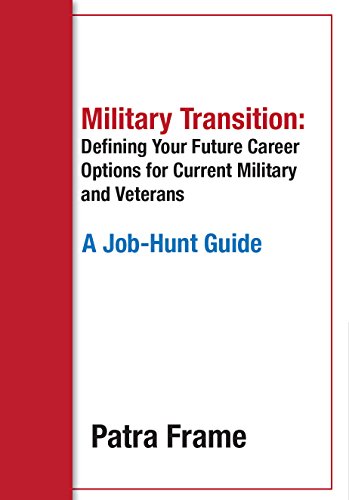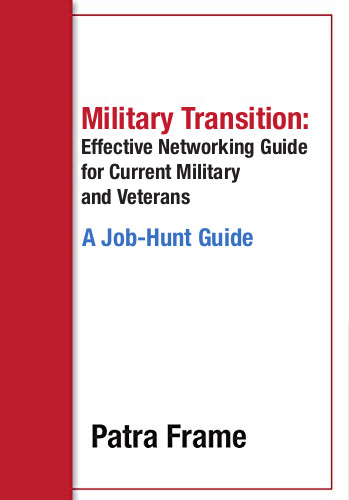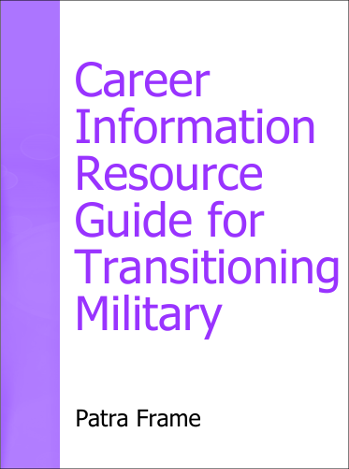Once upon a time, the main employment gaps were among mothers returning to the work force when their children started school. But now, such gaps are fairly common. More men are taking on family care, middle career people and retiring military are taking sabbaticals, it’s not as easy to roll from one government contract to another as it used to be, and all ages are going to school or battling unemployment.
Employers are more willing to accept such gaps if they see an explanation and understand what you have done to maintain your skills and add new ones. Ideally you have done such things all along. If not, start now as a part of your plan to return to work.
Whenever I review resumes at professional events, I am regularly asked how to deal with an employment gap on one’s resume and social media profiles. Here are the top tips:
Tip 1: Gaps over 4 months
If your gap exceeds 4-6 months, it is wise to address it clearly and within your job history. But what do you say? Keep it simple!
- Family issues (childcare, other care/health issues, and so on) : Example ‘Family care, issue now fully resolved, Date x – y’
- Sabbaticals: Example ‘Sabbatical, Team Rubicon – disaster relief, Date x – y’
- Education: Example ‘ Returned to school full time and completed BS, Computer Science, Date x – y’
Tip 2: Long-term Gaps
If you have been out of the workforce longer term – look at what you did or learned that you can use to demonstrate skills. Use a simple line about why the gap exists, as above in Tip 1, but add more information about your skills and current knowledge. There are some colleges and firms which also offer programs to help you return to work after a few years out of the workforce. This is also a time that many look into different careers and may seek out additional schooling or credentials. Joining a job club is also a smart move.
- While unemployed for more than 6 months: Consider what you can show which demonstrates you have maintained or upgraded your skills. This might be through temporary work, consulting, formal or informal study, new certifications, or volunteer work. Include positions you held in relevant professional organizations or conferences.
- For care-giving of a year or more: Show any relevant skills you used or gained in volunteer work and via self-study, seminars, or classes. Include any positions you held in professional associations or community groups.
Tip 3: Network, network, and network some more.
Your best bet is that someone who knows you or knows of you will recommend you for a position. Recommendations tend to overcome most employment gaps and set you up for better results in your search. Employee referrals are a great source for most employers, so re-connect with or find new connections within your target companies.
While the best network is one you have built and maintained over time, you can still enhance your network if you have not done that. Reconnect with old coworkers and then build new connections at professional events, activities you do regularly, and online. But always remember, a network takes interest in your connections’ goals and needs plus willingness to help them too.
Employment gaps are not uncommon. But it significantly helps your search when you clearly show them on your resumes and profiles and talk about them during networking. Keep your explanations simple and brief. Whenever possible, allude to what you have done and are doing to keep yourself current in your field or to learn a new field and to upgrade your knowledge.
Adapted from as originally published in ClearedJobs.Net Blog.




